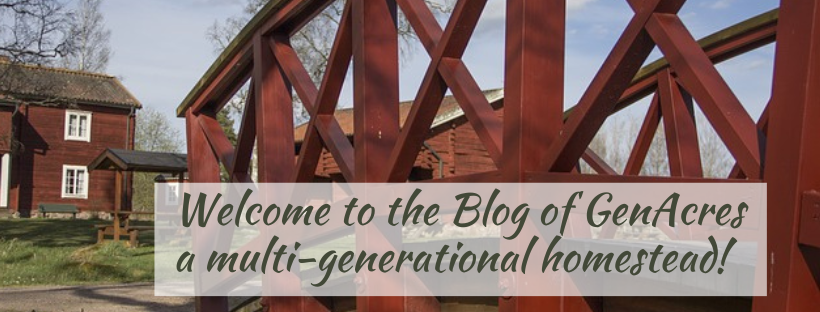Tomatoes - Determinate or Indeterminate?
What are the basic differences between a determinate tomato plant and an indeterminate tomato plant and which one is right for your garden?
There are three major differences:
How much they grow.
How tall they grow.
How long they grow.
Here are the main advantages and disadvantages of each type.
Determinate Tomatoes aka "BushTomatoes"
Abbreviated "DET" on most seed packets
These plants are bred to stop growing at a pre-determined compact height which is generally three to four feet. After the first big flush of fruit appears, the plant's growth will slow dramatically. When the fruit sets on the top bud, their growth will stop.
Advantages of Determinate Tomatoes
- As the tomatoes ripen at the same time, it is great for gardeners who grow, for example, paste tomatoes to use for canning or freezing during certain times of the season where one large harvest is preferable.
- They're great for small garden plots or spaces. The spacing between plants can be as little as 2 feet.
- They're great for container gardening. Small or medium-sized plants can be grown in a three-gallon pot. A five-gallon container (one that is 20" across and 24" deep) can nicely grow the larger determinate varieties.
- The small plant size requires a limited amount of staking for support. You don't need a trellis or stake as tall or as strong as you would with indeterminate varieties, however staking is still recommended.
- No heavy pruning is necessary. However, as with all tomato plants, it is vital that you remove any branches or leaves that touch the soil to prevent the start of the disease.
 |
| Click to View |
You can stagger your harvesting time by planting both early season and main season tomato crops.
- Early season types mature in 45-60 days. That means you can get in a tomato crop before the late-season diseases can take hold.
- Some great early season determinate tomato varieties include Glacier, Bush Early Girl, and Legend
- Main season types will produce large yields of round to oval red tomatoes. They generally mature in 70-80 days.
Disadvantages of Determinate Tomatoes
- The fruits tend to be smaller. You won't get the huge, beefsteak tomatoes from determinate plants.
- All the tomatoes from that plant will ripen at approximately the same time, usually over a three- to four-week period. (This can also be an advantage.)
- Most determinate tomatoes are hybrids. (This can also be an advantage.)
- Hybrids are plant types created by breeders by cross-pollinating two different varieties of a plant. The goal is to produce an offspring, or hybrid, that contains the best traits for each parent. Hybrids are generally considered easier to successfully grow because some of the disease genetics have been bred out. The disadvantage is that seeds saved from hybrid fruits cannot be used to grow more tomatoes season to season as they will not produce the same crop.
Note: "Days to maturity" is the average number of days it will take for the first ripe fruits to appear after you put six-week-old plants into the ground. If you're growing tomatoes from seed, you will need to add the six weeks to that number.
Indeterminate (Classic tomato types)
Abbreviated "INDET" on most seed packets
Indeterminate tomato plants have no growing limit. The plants will grow and produce fruit until the plant is killed by frost or disease. Their long vines can easily reach to heights up to 12 or 14 feet. They include the big, sliced or salad tomato varieties.
Advantages to Indeterminate Tomatoes
- Plants will bloom, set new fruit and ripen throughout the season providing a continuous harvest.
- They will produce longer into the summer than the determinates.
- Most indeterminate varieties are heirlooms so you can save the seeds from the fruit and replant them year to year.
 |
| Click to View |

Disadvantages to Indeterminate Tomatoes
- Plenty of garden space is required. A row spacing of three feet apart is generally recommended. If growing in a circular wire trellis, increase the spacing to four to five feet apart.
- Tall, sturdy stakes or heavy-duty cages are necessary, high as you care to grow them.
- Pruning these vigorous vines is necessary to balance the energy going to the plant versus the energy going to the fruit. If no pruning is done to the plant, you will get a larger harvest of smaller tomatoes. Pruning opens up the plant canopy for airflow which reduces the chance of disease.
~~~~~~~~~~
Knowing the basic differences between determinate and indeterminate tomato plants will go a long way in choosing which is right for your garden. Or try a combination of the two for a longer tomato harvesting season!
 |
| Click to View |

~~~~~~~~~~
Where to go next!
This post may contain some Amazon Associate links meaning that I will get a small compensation at no expense to you if you purchase something from this blog.


















No comments:
Post a Comment
Note: Only a member of this blog may post a comment.